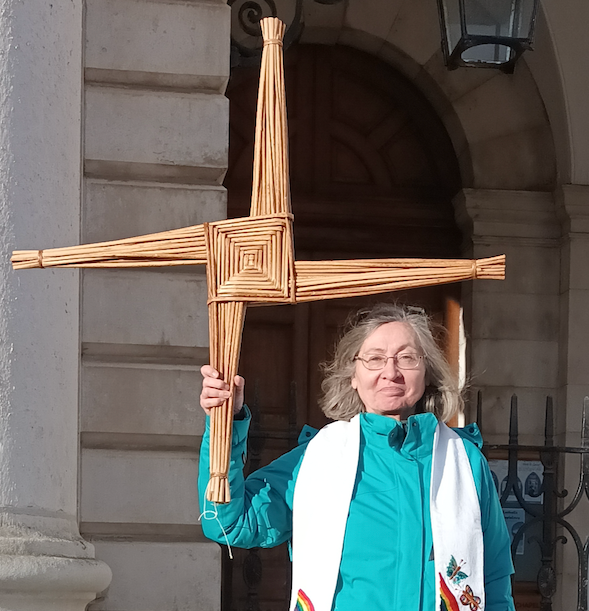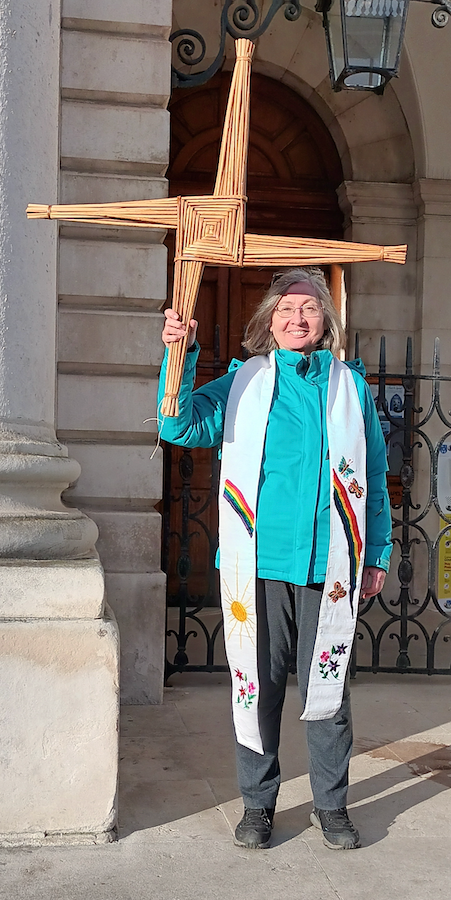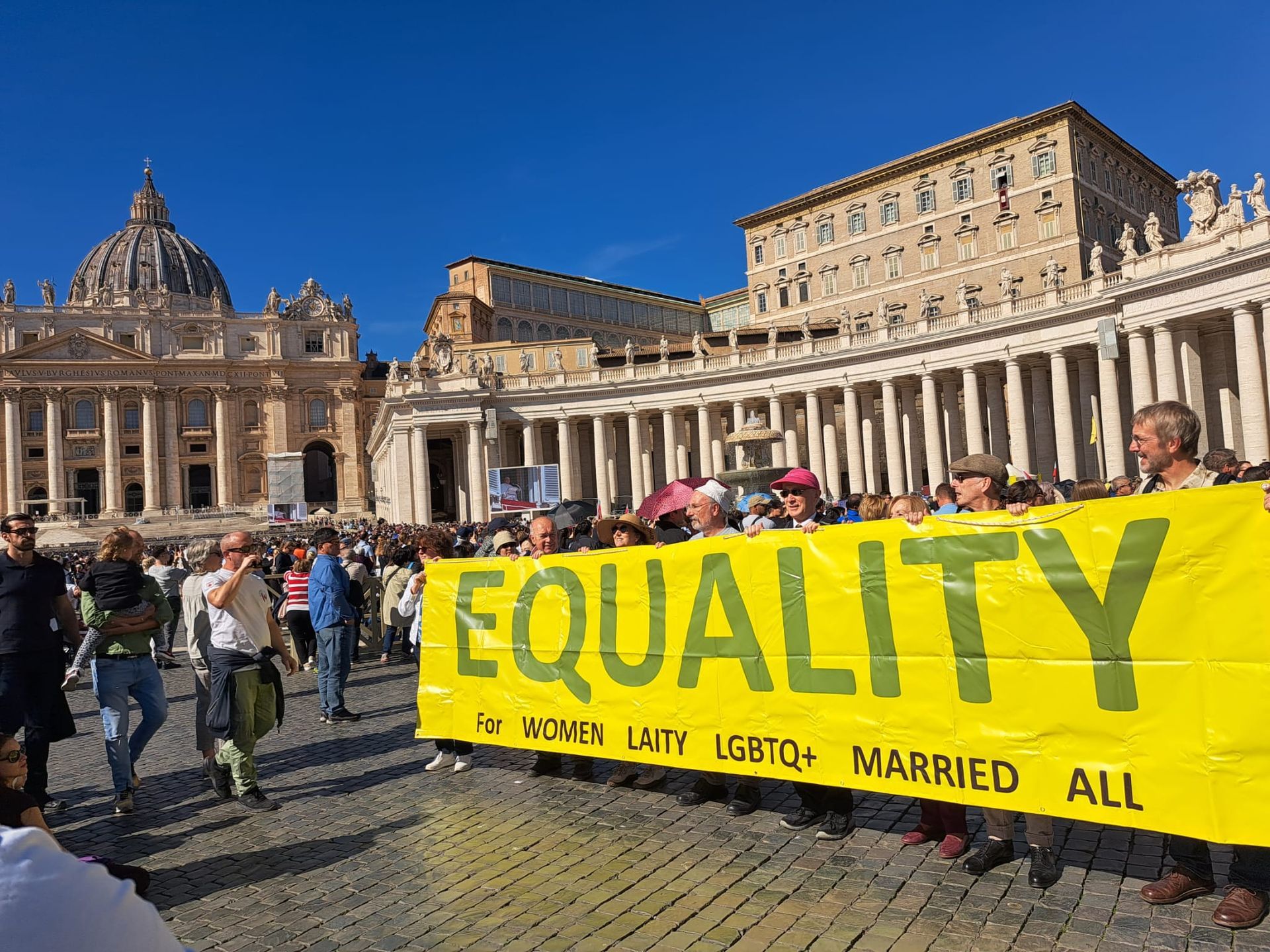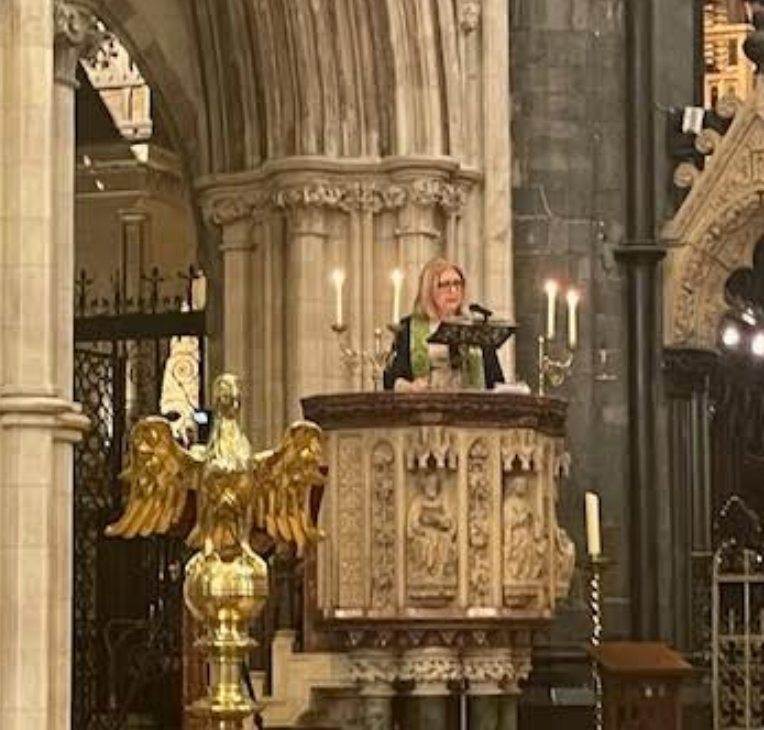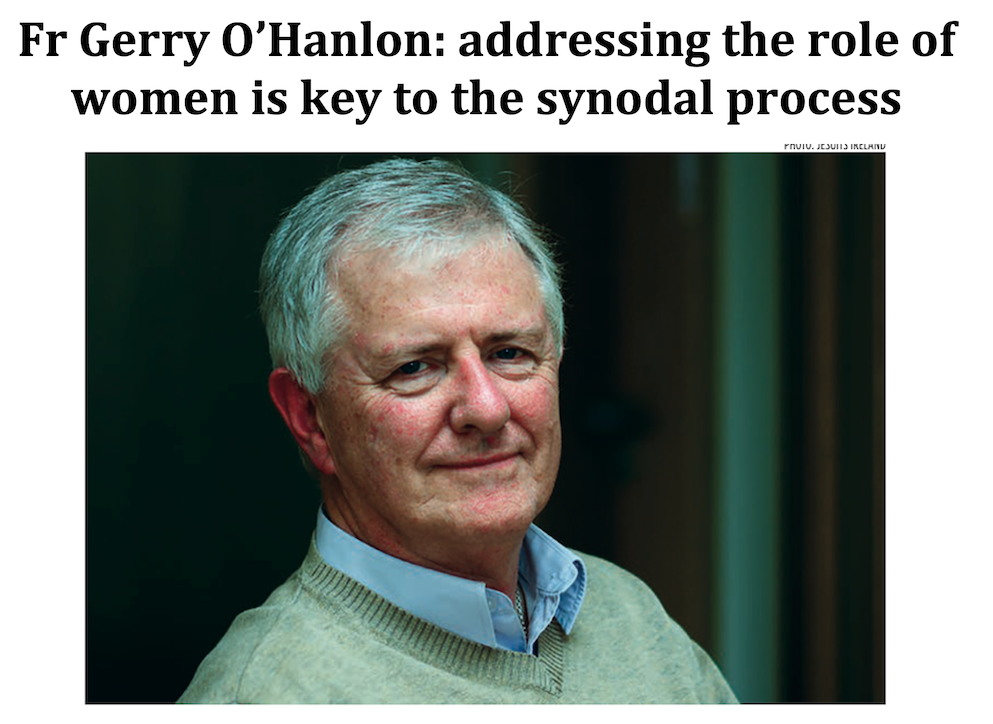There is a range of evidence suggesting Mary was supportive of ordination of women from her apparition at Knock to frescoes in the catacombs
After all isn't Knock where Mary appeared in a priestly role in 1879?
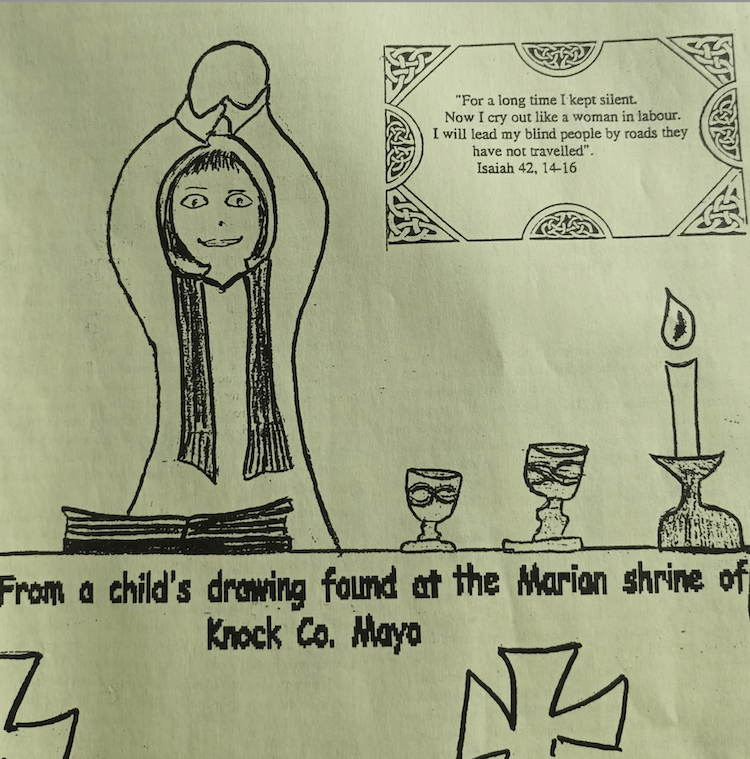
There is a range of evidence suggesting Mary was supportive of ordination of women from her apparition at Knock to frescoes in the catacombs, writes Soline Humbert.
TEN YEARS ago a friend returned from a retreat in Knock with a precious gift for me. It was a child's drawing of a priest at the altar presiding at the Eucharist. What made it special was that the priest was a woman. The drawing was by a child preparing for Communion and had been exhibited in Knock.
Of all the places in Ireland there could not have been a more fitting place for this picture of a woman at the altar. After all isn't Knock where Mary appeared in a priestly role in 1879?
In 1985 Fr Berchmans Walsh published a detailed analysis of the symbolic message of that apparition. He drew our attention to Mary's priesthood.
"She (Mary) co-offered and still co-offers (on the human plane, of course) with the Lamb the supreme sacrifice of merciful love that redeemed and saves us. This is admirably demonstrated by the posture she assumed at Knock as in no other of her apparitions, ie praying with her hands extended and raised to the level of the shoulders - as a priest prays during the Eucharistic prayer of the Mass," he said.
And in case anyone missed the point, he repeated: "How does she exercise her motherhood in our regard? Vatican II gives the answer: 'By her never-ending acts of intercession for us at the throne of grace in heaven'. How ideally this is signified to us by her posture in the Knock apparition - praying at the altar of the Lamb as a priest prays during the Eucharistic prayer of the Mass."
Mary holds an important place in Roman Catholicism and when it comes to the sensitive issue of women's ordination her role is usually put forward as reinforcing the present official teaching that God does not call women to this church ministry.
Although by no means always.
Throughout the history of the church there have been mystics and theologians who have believed that Mary's role was to be interpreted as supportive of women's ordination. For example, St Thérèse of Lisieux, a Doctor of the Church, herself suffered deeply because her gender prevented her ordination.
What is less well known is the evidence from archaeology. In the chapel of the veiling, in the catacomb of Priscilla in Rome, a fresco dating to about AD350 depicts a woman deacon being ordained a priest, and Mary is portrayed wearing the same robe as the bishop. Her portrait was included in the fresco with Christians of three centuries later because they believed she was with them in spirit, and because her example and approval of women's church leadership was accepted and important in the community.
The same catacomb also houses an earlier fresco from AD100 of a group of women celebrating the Eucharist.
Besides being represented as symbolically overseeing women's ordination, Mary was also sometimes portrayed as being herself ordained. For instance, in a chancel screen slab from the south of France (St Maximin), she is pictured wearing a typical 4th-century woman priest's vestments. The inscription reads: "Mary, virgin, minister of the Temple of Jerusalem."
This is again a symbolic expression of early church belief that her temple ministry and later presence at Pentecost bridged the transition from Jewish to Christian women religious leaders, and it established her as an apostolic predecessor to the women clergy in what later centuries would be called apostolic succession.
Back to Knock. Fr Walsh has also said that "if all the bishops and theologians at Vatican II were to remain there till the end of time in an effort to epitomise the whole Paschal Mystery in a compelling visual symbol, they could never have come up with anything to equal the one God gave us in the apparition at the gable end of the little church at Knock in 1879".
It is my deep conviction that some of this message will be lived out in women being ordained in Knock under the protective presence of Mary and standing with her at the altar.
Soline Humbert is a Roman Catholic who believes she has a vocation to the priesthood.
The Irish Times; 25 March 2008
RITE AND REASON:
